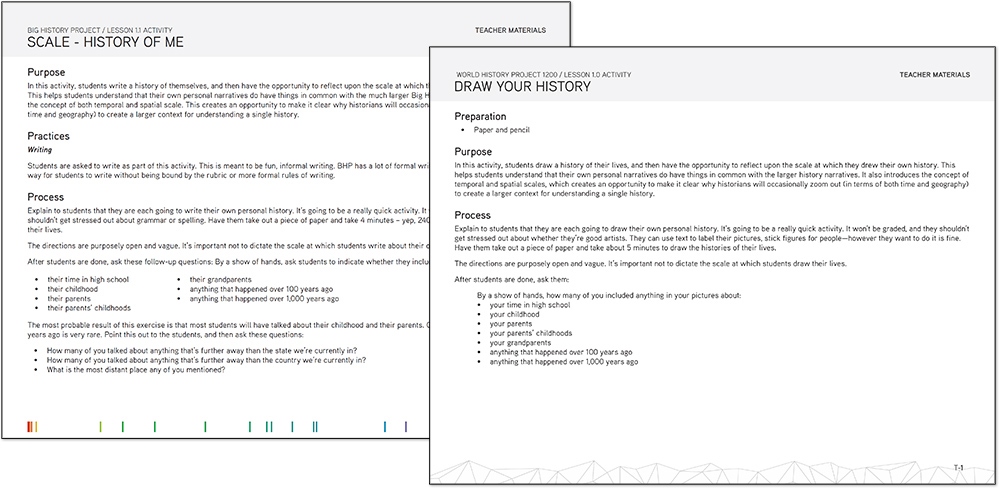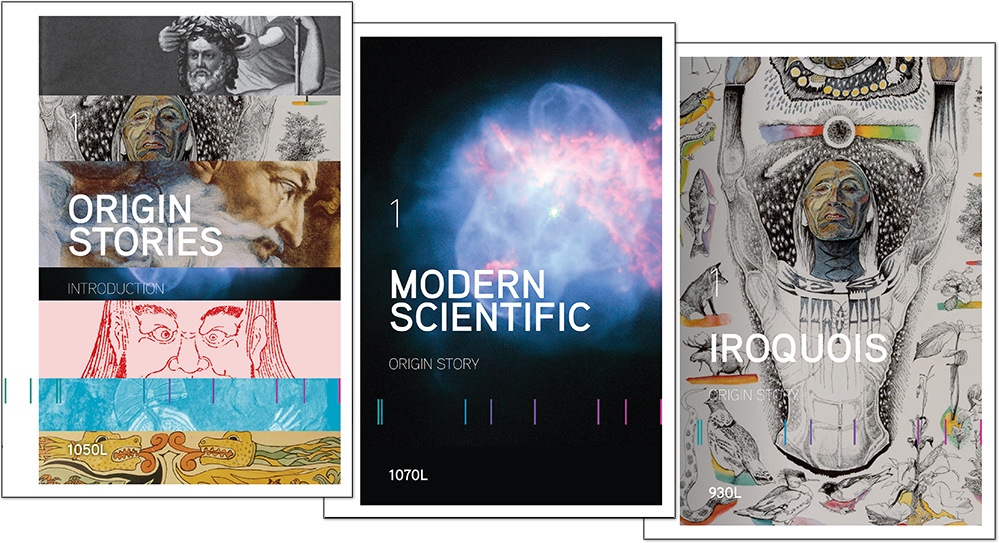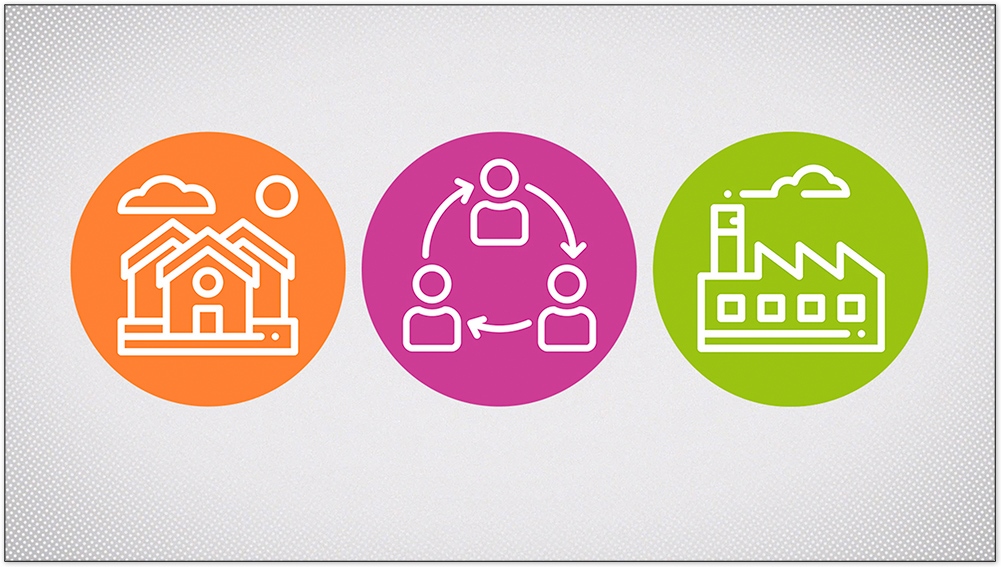By Bridgette Byrd O’Connor
It’s that time of year again: We’re all getting super excited about the first day of school. You’re probably reading this while taking a break from organizing your classroom and prepping for some exhilarating early morning professional development.
Who am I kidding?! You and every teacher you know are probably desperately trying to cling onto just a few more days of sleeping late and reading the last few chapters of your book before the madness begins. But if you’re anything like me, you’re at least planning what you need to do, ideally while still in your pajamas, and making lists—lots and lots of lists! You’re also probably hoping that this year will be slightly less crazy than the last. But while there is certainly a light at the end of what feels like the longest tunnel in history, we still have a number of challenges like the delta variant along with almost two years of disrupted instruction. In other words, the students returning in the fall have had less concentrated, less steady, and less complete instruction than any other year in living memory!
Unfortunately, I can’t gaze into a crystal ball and see the solution to this predicament. Yet, I have done a bit of augury, and I think I’ve divined some ideas we can use to pique students’ interests while focusing on developing their historical thinking skills. These premonitions involve scale switching, comparison, and frames. But let’s set aside my divination hobby and I’ll explain.

BHP History of Me (left) and WHP Draw Your History (right) activities.
First, the Big History and World History Project courses begin the school year with activities that help students make connections between their personal histories and the history of their town, nation, world, and even the Universe, through scale switching. In Big History, students are introduced to this skill in Scale—History of Me, an activity that most teenagers love since it’s all about their favorite subject—themselves. Similarly, in the World History Project, students focus on their personal stories by drawing their histories. By starting their historical journey with the personal, you’re allowing students to explore how their lives are tied to the history of the not-so-distant past as well as history from hundreds, millions, and even billions of years ago. Each of these activities is great, not only at getting students to think about history from their perspective, but by also allowing you to get to know more about your students, which will help you learn—and tap into—their interests. Which will in turn help you find hooks that will make historical content relevant to their lives.

Covers of the Origins Stories Introduction, Modern Scientific, and Iroquois origin stories, from BHP.
The content that always seems to capture students’ attention in the Big History classroom is the lesson on origin stories. Students love reading the ways that different cultures explain the history of the Universe and humanity, and then comparing those stories to Big History’s modern, scientific, origin story. They’ll also use the historical thinking practice of comparison to pull out the similarities in these stories and contemplate how humans across the world have asked the same sorts of questions for thousands of years. Even if you’ve taught Big History for years, don’t ignore the power of collective learning—teachers in the community have come up with new ways to introduce these stories to your students, including adding origin stories from Aboriginal and Indigenous American cultures.

Still from Frames Introduction video.
A third way to introduce your students to historical content and skills is by using a set of frames. The WHP course frames of communities, production and distribution, and networks help students organize what sometimes seems like a never-ending list of information and see larger patterns in the content. If you’re new to teaching WHP, Trevor Getz has a great blog post about getting started with the course frames. But don’t forget that the frames are a useful tool in each unit/era of the course, as they allow students to compare across historical eras and pick out continuities and changes.
Do you have tips for how to help students scale switch or work with the course frames? Get inspired and inspire others by sharing your thoughts in the OER Project Online Teacher Community.
About the author: Bridgette Byrd O’Connor holds a DPhil in history from the University of Oxford and has taught the Big History Project and World History Project courses and AP US government and politics for the past 10 years at the high school level. She currently writes articles and activities for WHP and BHP. In addition, she has been a freelance writer and editor for the Crash Course World History and US History curricula.
Cover image: Person pointing up the Milky Way galaxy at night. The scene is reflected in water. A Veiga, Ourense, Spain. © Carlos Fernandez / Moment / Getty Images.
 For full access to all OER Project resources AND our amazing teacher community,
For full access to all OER Project resources AND our amazing teacher community, 
